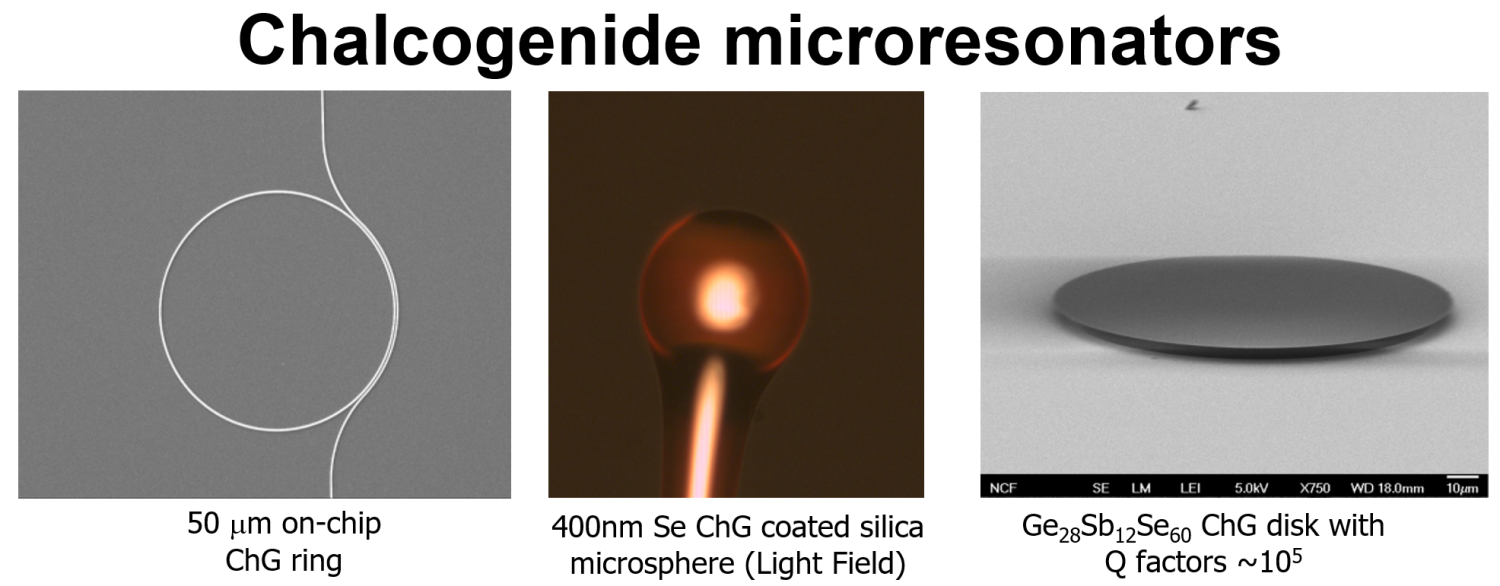Optica paper outlines new approach for characterizing microresonators

Researchers at the University of Colorado Boulder have developed a new approach that could become the universal first step for measuring the properties of microresonators.
Postdoctoral researcher Jiangang Zhu explains that these tiny, light-trapping optical devices have emerged as a unique platform for studying fundamental physics and making extremely sensitive sensors for biomedical and environmental applications.
But because of the way they are fabricated, microresonators – also called optical micro-cavities – are often an unknown quantity by the time they are put into use in an integrated photonic platform.
“The method we have developed allow researchers to measure with ease the nonlinear index, absorption coefficient and quality factors of a microresonator, all at the same time,” Zhu said.
The method, published last month in the journal Optica, could be the first step toward new applications using microresonators, such as generating microwave carrier signals that can be used for wireless communications.
“The next step is to apply the developed methods on various microresonators we have in the lab,” Zhu said. “Our overall research goal along this direction in Professor Gopinath’s lab is to explore different geometries of microresonators such as microspheres, on-chip ring resonators and micro-disk resonators, for the application of novel light sources and sensing.”
He added that they focus on a material called chalcogenide, which is interesting to researchers because it’s transparent up to 20 microns for light, has nonlinearities orders of magnitude larger than silica glass and has relatively low nonlinear loss.
“The applications we are investigating in these tiny optical devices include nonlinear light generation such as four-wave mixing and Brillouin lasing, compact optical combs, and high precision optical gyroscopes for navigation,” Zhu said.
Zhu’s co-authors on the paper include professors Juliet Gopinath and Wounjhang Park, postdoctoral research associates Mo Zohrabi and Kyuyoung Bae, and PhD students Thomas Horning and Michael Grayson.

